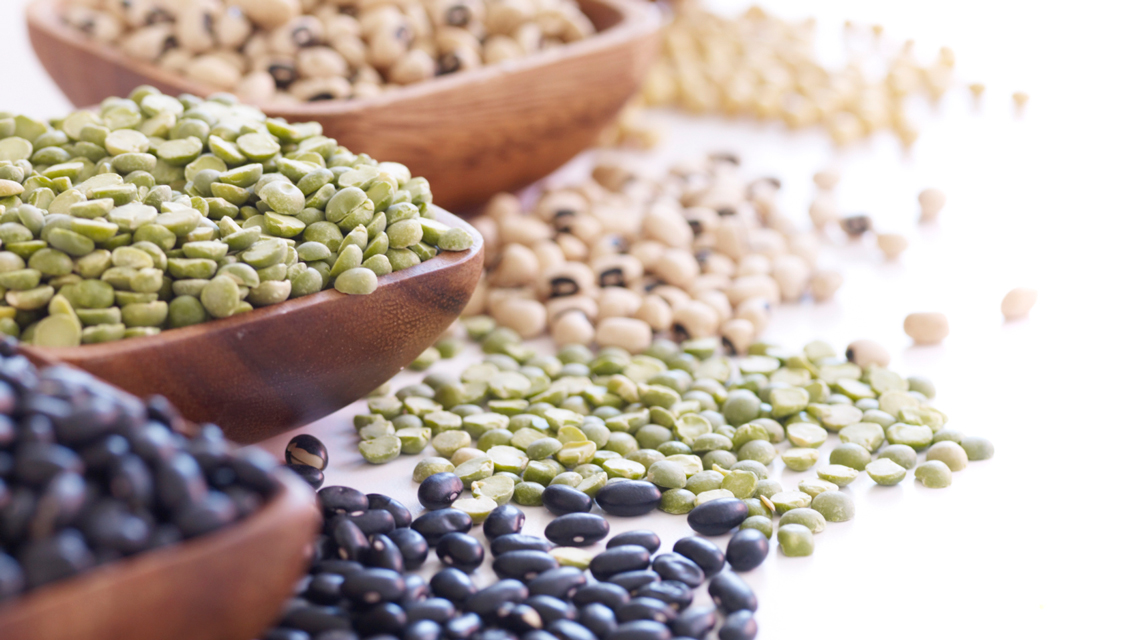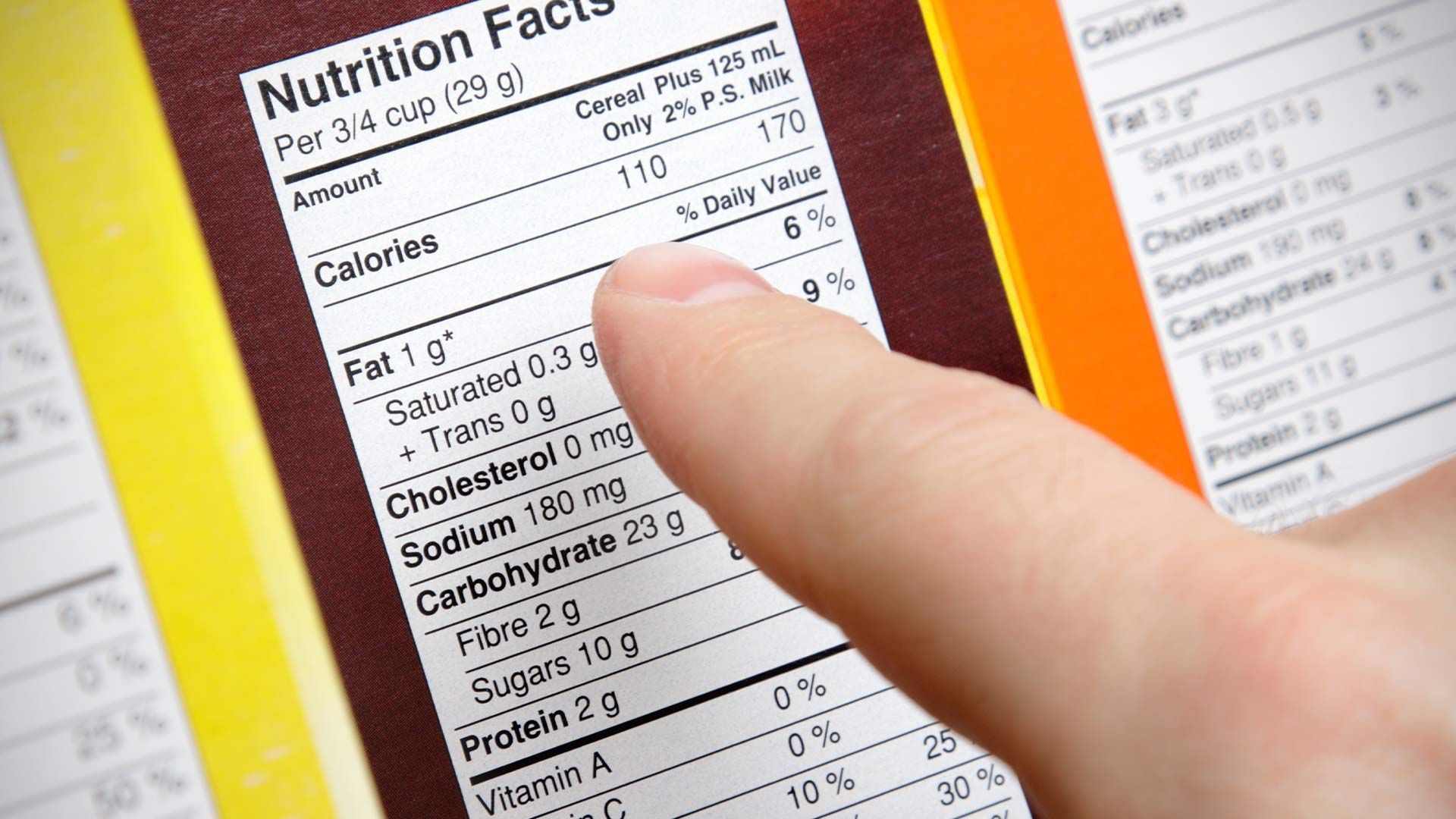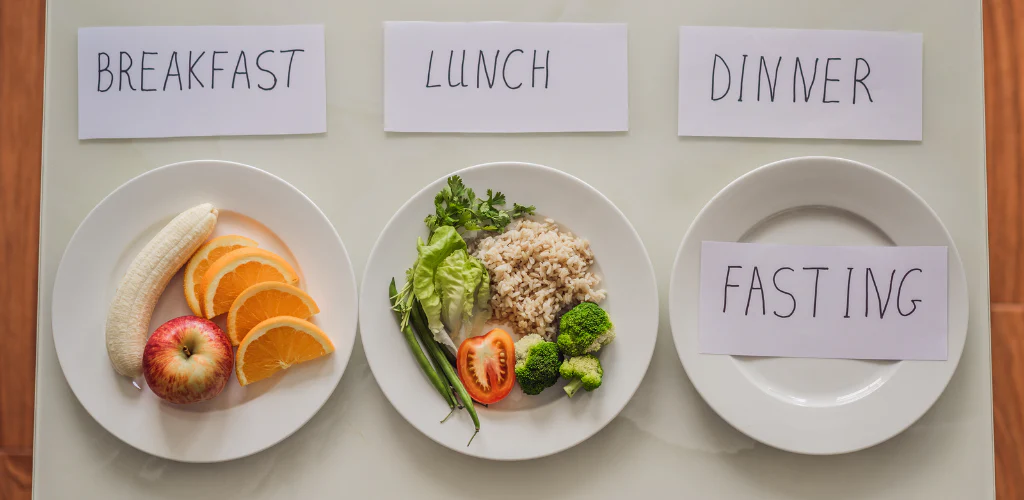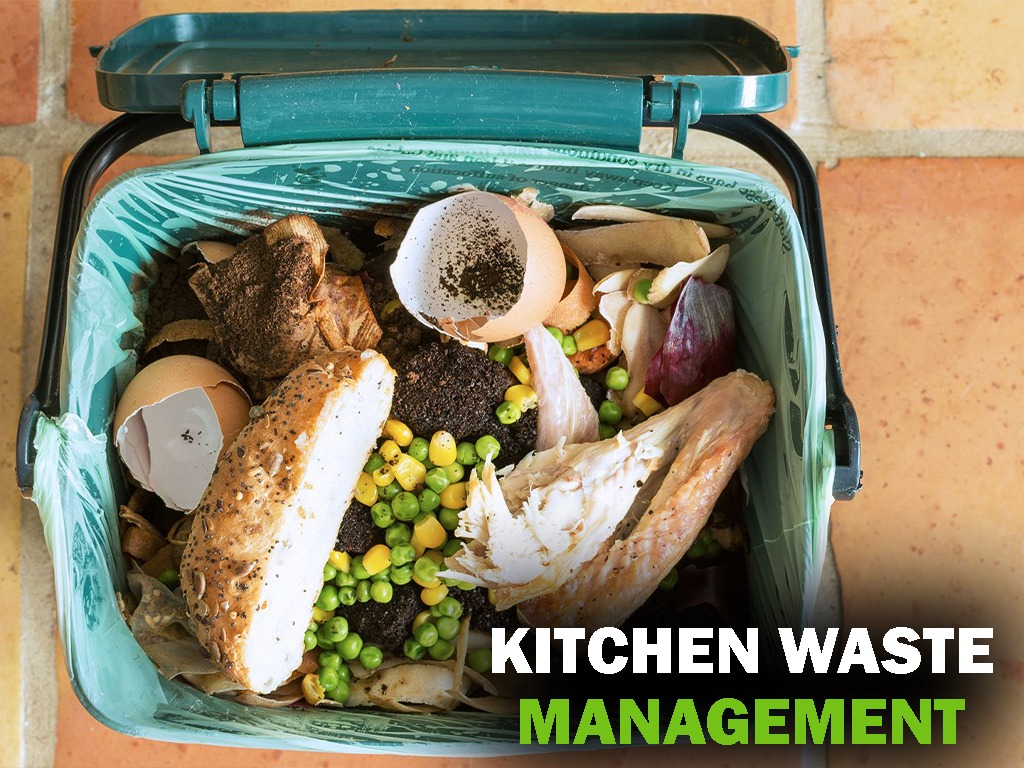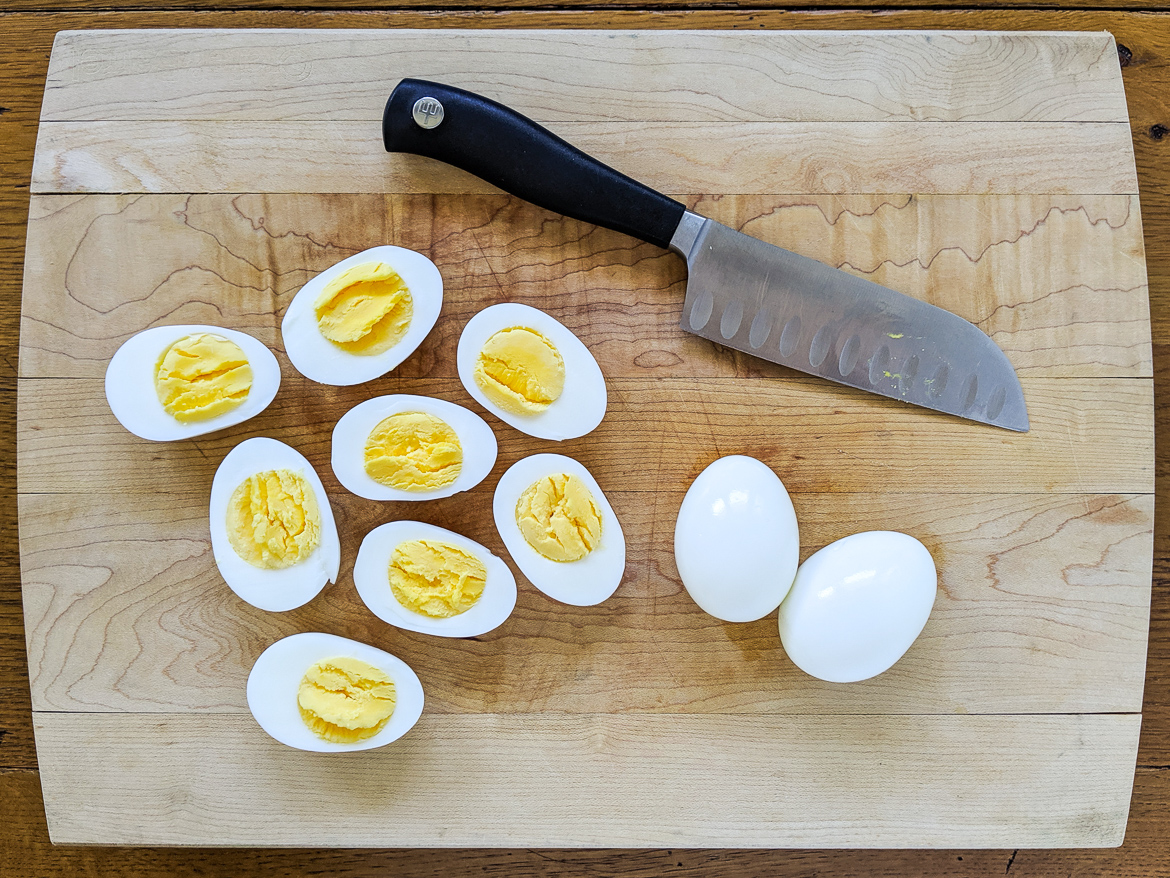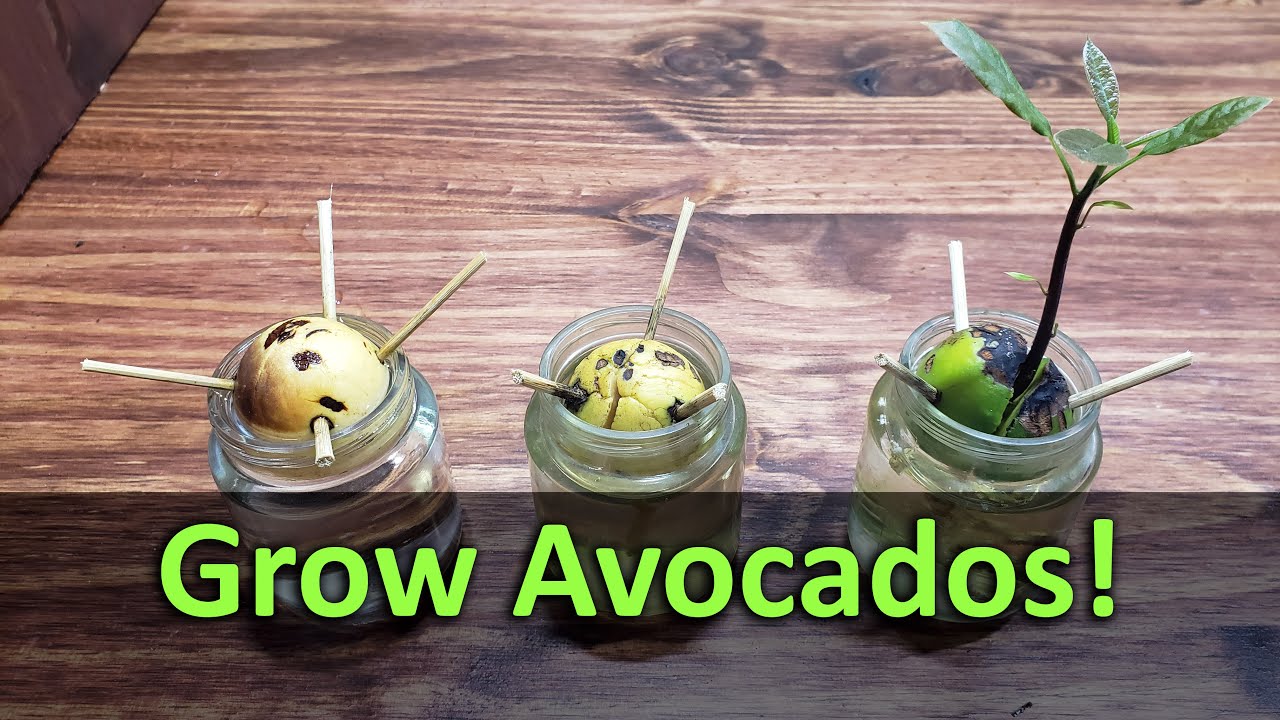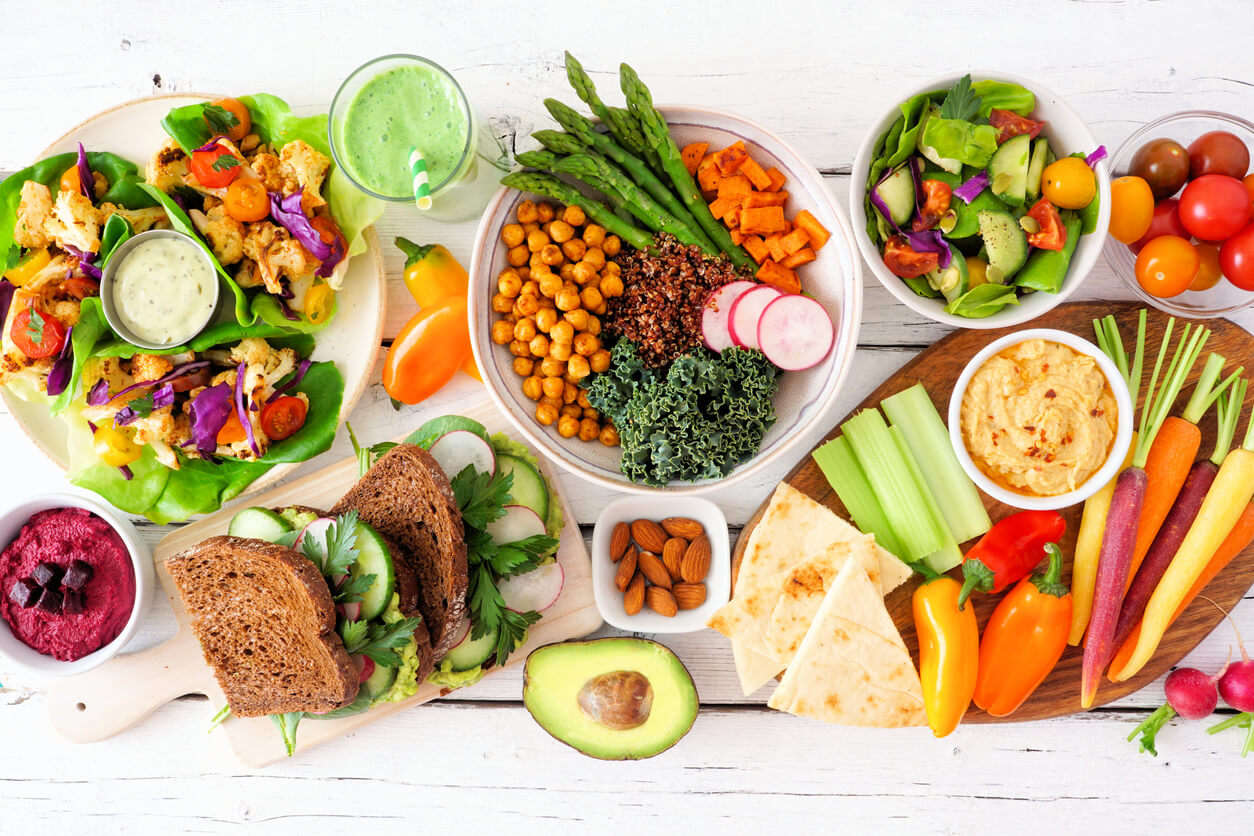Fiber is one of the most important nutrients for your health. Yet, many people—especially in India—do not get enough fiber every day. This guide will help you understand what fiber is, why it matters, and how to easily include it in your daily meals.
What Is Fiber?

Fiber is a type of carbohydrate. But unlike sugar or starch, your body cannot digest it. Instead, it passes through your system and keeps your gut healthy.
There are two types of fiber:
1. Soluble Fiber
- Dissolves in water
- Forms a gel-like substance
- Slows digestion
- Helps lower cholesterol and control blood sugar
Sources: Oats, apples, bananas, flaxseeds, pulses
2. Insoluble Fiber
- Does not dissolve in water
- Adds bulk to stool
- Helps prevent constipation
- Keeps the digestive system clean
Sources: Whole wheat, brown rice, vegetables, nuts, bran
Both types are important for a healthy diet.
Also Read How to Start a Plant-Based Garden at Home (India-Friendly Guide)
Why Fiber Is Important
1. Improves Digestion
Fiber keeps your bowel movements regular. It prevents constipation and helps clean the digestive tract.
2. Supports Weight Loss
High-fiber foods are filling. They help you stay full longer and reduce the chances of overeating.
3. Controls Blood Sugar
Fiber slows the absorption of sugar. This helps manage blood sugar levels, especially useful for people with diabetes.
4. Lowers Cholesterol
Soluble fiber binds with cholesterol and removes it from the body. This can reduce the risk of heart disease.
5. Feeds Good Gut Bacteria
Fiber acts like food for good bacteria in your gut. A healthy gut means better immunity, mood, and energy.
How Much Fiber Do You Need?
According to health experts:
- Adult men: 30–38 grams/day
- Adult women: 21–25 grams/day
But the average Indian gets only 15–20 grams per day.
The key is to eat a variety of plant-based foods daily.
Best Fiber-Rich Foods (Indian Options)
You don’t need fancy ingredients. Our Indian kitchen is full of fiber-rich foods.
1. Whole Grains
- Whole wheat roti
- Bajra (pearl millet)
- Ragi (finger millet)
- Jowar (sorghum)
- Brown rice
- Oats
Tip: Replace maida or white rice with whole grains slowly.
2. Pulses and Legumes
- Rajma (kidney beans)
- Chana (chickpeas)
- Moong (green gram)
- Masoor (red lentils)
- Arhar (toor dal)
- Horse gram (kulthi)
Tip: Have dal daily. Add sprouted moong or chana to salads.
3. Fruits
- Guava (very high in fiber)
- Apple (with skin)
- Pear
- Banana
- Papaya
- Orange
Tip: Eat fruits instead of drinking fruit juices to keep the fiber.
4. Vegetables
- Carrot
- Beetroot
- Cabbage
- Bhindi (okra)
- Baingan (brinjal)
- Green peas
- Drumstick
Tip: Include raw salads or lightly cooked sabzis in every meal.
5. Nuts and Seeds
- Almonds
- Walnuts
- Flaxseeds
- Chia seeds
- Sunflower seeds
Tip: Add a spoon of seeds to your smoothie or porridge.
6. Plant-Based Snacks
- Roasted chana
- Makhana (fox nuts)
- Puffed rice mixed with peanuts and veggies
These are fiber-friendly and easy to prepare at home.
Simple Ways to Add More Fiber to Your Diet
- Start your day with oats porridge or fruit + chia pudding
- Replace white rice with brown rice or millets
- Add raw vegetables to your meals as kachumber (salad)
- Eat fruits with the skin when safe
- Use whole wheat flour for rotis, not refined flour
- Include beans or dal in at least one meal daily
- Snack on nuts, seeds, or roasted chana
- Add a spoon of flaxseed powder to your smoothies or sabzi
Increase fiber slowly to avoid bloating. Also drink more water to help fiber work better.
Common Myths About Fiber
Myth 1: Only old people need fiber.
Truth: Everyone needs fiber—from kids to adults—for overall health.
Myth 2: Only constipation needs fiber.
Truth: Fiber helps with blood sugar, weight loss, heart health, and more.
Myth 3: Juicing fruits is better.
Truth: Juicing removes most fiber. Eat whole fruits instead.
Fiber for Kids and Elderly in India
For Children:
- Mix millets and dals in dosas or cheelas
- Offer fruits like guava or banana as snacks
- Make vegetable parathas and sandwiches
For Elderly:
- Include soft fiber like oats, dalia, and cooked vegetables
- Avoid raw salads if digestion is weak
- Drink plenty of fluids with fiber intake
Sample One-Day High-Fiber Meal Plan (Indian Vegetarian)
Morning (7–8 AM)
- Warm water with lemon
- Bowl of oats porridge with banana and chia seeds
Breakfast (9–10 AM)
- 2 whole wheat vegetable parathas
- Mint chutney
- A guava or orange
Lunch (1–2 PM)
- Brown rice
- Rajma curry
- Bhindi sabzi
- Carrot salad
- Buttermilk
Snack (4–5 PM)
- Roasted chana + nuts
- Green tea or coconut water
Dinner (7–8 PM)
- Millet khichdi with vegetables
- Cabbage sabzi
- Warm water with flaxseed powder before bed
Total fiber: Over 35 grams!
FAQs: Fiber and the Indian Diet
Q1. Can I get enough fiber on a vegetarian diet?
Yes. In fact, plant-based foods are the best sources of fiber.
Q2. Is too much fiber harmful?
Too much at once can cause gas or bloating. Increase gradually and drink water.
Q3. What’s better: raw or cooked veggies?
Both are good. Light cooking keeps most fiber intact. Use raw in salads when possible.
Q4. Does fruit juice have fiber?
No. Juice removes pulp and fiber. Always choose whole fruits.
Q5. Can fiber help with weight loss?
Yes. It keeps you full longer and helps reduce overeating.
Final Thoughts
Fiber is essential for a healthy life. It helps your digestion, protects your heart, and supports weight management. Most Indians don’t get enough fiber—but it’s easy to fix with small changes.
Focus on whole, plant-based foods. Add more dal, vegetables, fruits, whole grains, nuts, and seeds to your plate.
Make fiber your everyday friend—your gut will thank you!
Author- Ayush

